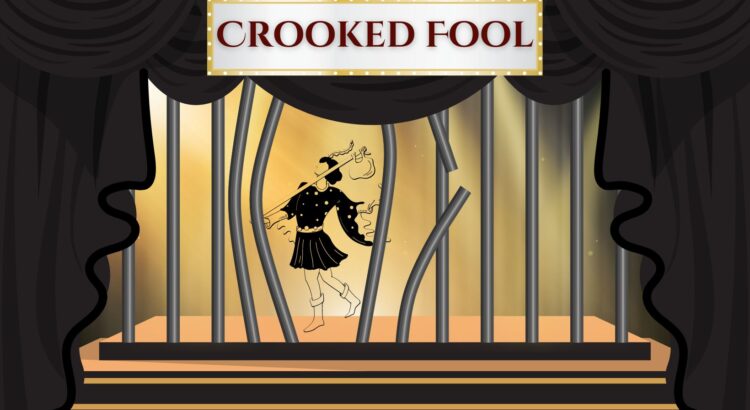I’m an artist and I’m bad at resting. I am absolutely raging terrible at taking a break. I know rest is resistance…and I’m still bad at it.
As I write this, my brain is totally blitzed out and I can feel the blood vessels in my forehead slowly squeezing into migraine mode because I’ve been on Zoom more or less constantly since early this afternoon hosting meetings for everything from Ypsi Pride’s entertainment committee to a new theatre group I’m trying to get off the ground. I’m cranky and I’m sure I’ve gone a bit nuts and I still have to write this damn blog post. I also still haven’t done the reading for tomorrow’s classes, sent out the notes for either of the meetings I’ve hosted today, or responded to my cat’s ever more mournful meows for food (side note: he’s had like two dinners already; he’s fine).
I’ve written before about how deeply embedded grind culture has become in the arts. Students are also not known for their work-life balance, so I’m arguably twice screwed over in that regard, especially as a nontraditional undergrad trying to balance an existing life, career, and the need to support myself with an elite university built for younger, wealthier students who didn’t have to commute to campus or work their way through school.
But here’s the truth: grind culture has also embedded itself in me. Even as I scream into the abyss about how the expectations placed on people by their jobs and passions alike are unhealthy, ableist, and oppressive consequences of late-stage capitalism, I still can’t even personally practice what I preach.
The sad truth about artists is that we care deeply about what we do, and that makes us all too willing to give in to unreasonable and unhealthy demands on our time and capacity. Taking a break becomes a lot harder when you genuinely want to be doing everything on your to do list. There’s a level of guilt woven into it when you can feel in your bones the importance of what you’re doing.
I know that I do not owe any project or entity institution energy beyond my capacity or the exhaustion of my body. But all too often, I still give it. And there are surely power dynamics at play, especially when we’re talking about massive, powerful institutions that hold sway over my future. But then there are the passion projects and the volunteer-run community orgs…and sometimes, taking those projects on also feels like a form of rebellion in the face of so many power structures demanding my time. Resistance itself takes up energy. And rationally, I know this is by design. My exhaustion and the struggle to keep up with the things that are important to me in addition to those that are required of me is a byproduct of some incredibly unjust and unnecessary power structures.
But still, if I’m being honest, I find it hard to let go and do nothing. Grind culture has worked its way thoroughly into my thinking, and even though I know it’s not right, I still often give into it.
So yeah, I know it’s hard, and I get why we do it. Even so, I’m still going to keep trying to get myself to leave things be and not operate at 110% all the time. If I can channel my innate stubbornness toward an extra project I frankly don’t have the time for, maybe I can also channel it to doing nothing.
In other words: I’m going to bed after I post this.


